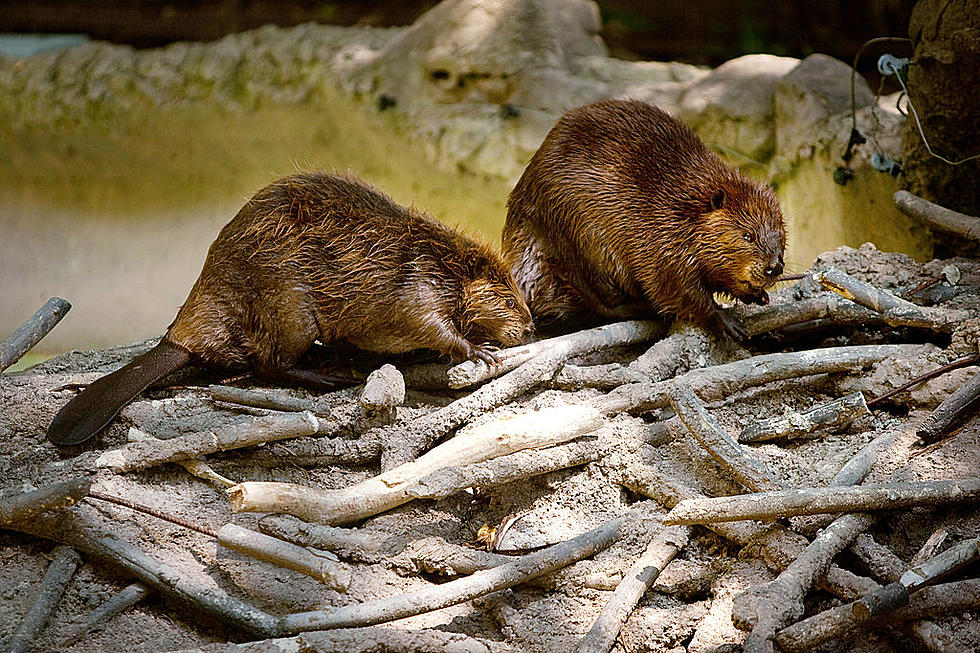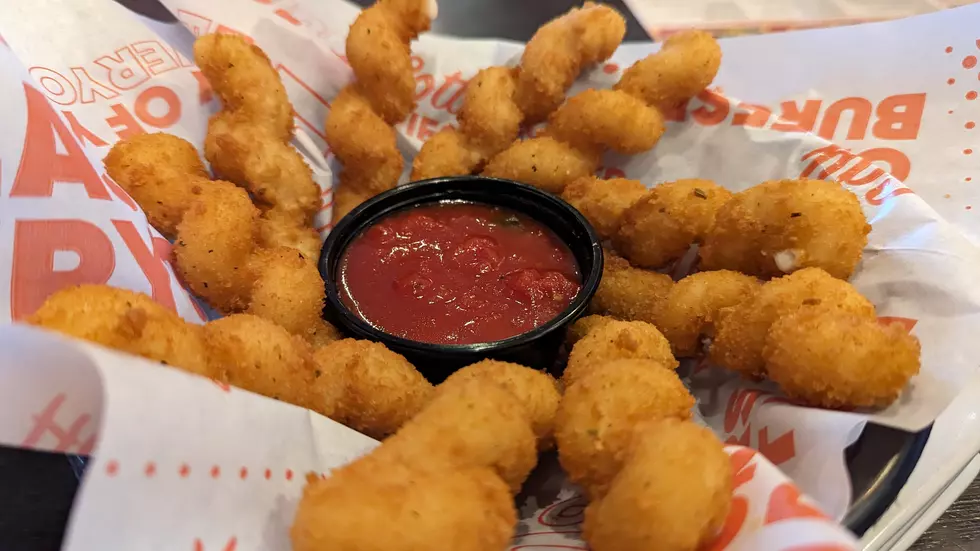
Leave It To Beavers In Yakima- Nature’s Master Engineers
What do diverse colleges and universities such as MIT, Caltech, Minot State University, American River College, Champlain College, UMaine-Farmington, and Bluffton University all have in common?
They all share a common rodent as a mascot.

North America's Scientists and biologists know them by their Latin name of Castor canadensis, the rest of us simply call them the North American Beaver. They have been original residents since about six million years ago. They can grow up to 3 feet long with a tail that can add another foot to 14 inches. You might think that just eating wood would help hold your weight down but beavers can weigh from 24 to 71 pounds!
You have a chance to meet nature's master engineer on February fifth - more on that in a moment - but it's an opportunity that history tells us almost might not have happened.
King Of The Fur Trade - Cause of Exploration In The West
For a period of time in the 18th and 19th centuries, the well-dressed man had to have a beaver felt hat in his wardrobe. That generated a lot of pressure and a huge potential payoff to find and harvest beavers which played a big part in exploring the American West
During the 1820’s the Pacific Northwest was in a state of Cowiche Canyon Conservancy exploration. The fur trade industry in many ways was a front runner in exploration at the time. The men involved in the fur trade lived vigorous and tough lives compared to what we see in today’s time. Through viewing personal accounts of these men, it becomes quite clear that they played a big role in settling the west
Coming up on February 5, the Cowiche Canyon Conservancy is presenting an educational Beaver Walk...but if the Brits had their way 200 years ago, next Saturday's adventure would have to be cancelled! An interesting article in the Atlantic tells why.
IN THE 1820S, one of the largest corporations on Earth tried to kill every beaver in the Pacific Northwest. Britain’s Hudson’s Bay Company, threatened by the United States’ westward expansion, sent trappers sweeping down the Columbia River watershed to exterminate all the beavers they found and harvest their valuable pelts. Without beavers to hunt, the company’s governor reasoned, the United States would have “no inducement to proceed hither.” Within 20 years, the beaver was nearly eradicated from an area the size of France.
In the mid-1800's, when fur-bearing animals became scarce, silk hats became more popular than felt hats made with beaver.
So today a growing community of “beaver believers” is reintroducing the animal to regional water systems throughout the American West in the hopes of reducing the incidence of floods and the damage from forest fires, alleviating drought, helping fish thrive, and conserving fresh water—in the process, helping to combat some of the effects of climate change.
Cowiche Canyon Conservancy
SO that's the back story, the next chapter unfolds for you on Saturday, Fe. 5th, from 10 am to 12 pm. Interested parties should Register for this walk here! and meet at the : Cowiche Canyon East Trailhead.



